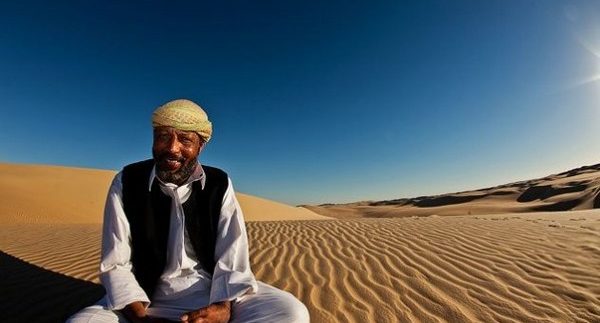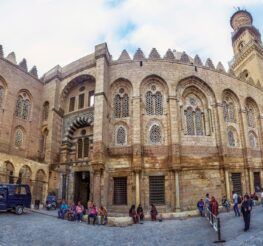Siwa: Legends and Lifestyles in the Egyptian Sahara
Rawah Al Falah Badrawi: Siwa: Legends and Lifestyles in the Egyptian Sahara
-
Rawah Al Falah Badrawi
-
Out now
-
English English
-
240 EGP
-
Diwan
Soraya Morayef

More than just an elegant coffee table
book, Siwa: Legends & Lifestyles in the Egyptian Sahara offers insight
into the enigmatic Siwa, featuring several glamorous figures’ account of the
lifestyle and history of Siwa, as well as their choice of Siwa as a holiday
destination and permanent home. Written by Rawah Al Falah Badrawi and featuring
the photographs of Omar Hikal and Khaled Shokry, the book portrays Siwa as a
destination of refined and understated elegance framed by untarnished nature
and an intriguing, centuries-old civilisation.
The photographs of Hikal and Shokry offer
luscious imagery, including beautiful double spreads of the nighttime sky in Siwa, the
decaying fortress and the Adrere Amellal ecolodge. Equally captivating are the
few but poignant profiles of Siwa residents, from the young girls dressed
up for the Siyaha festival to the salt master and rope master.
The book is divided into two main sections: ‘Reflections on Siwa’ includes the testimonies of international celebrities and
interesting local figures, including Isabella Rossellini and her brother
Roberto, architect India Mahdavi, jewellery designer Azza Fahmy, Prince Abbas
Hilmi and Abdul Hayy Holdjik. The personalities reflect on their personal,
spiritual and emotional connections to Siwa; some have chosen the oasis as
their permanent home; others holiday here frequently. Disappointingly, there are no photographs of the insides of their homes to satisfy this reviewer’s voyeuristic curiosity.
The second section, ‘Inspirations
from Siwa’ is divided into chapters on art, jewellery and costume, decor
and cuisine. The chapter on acclaimed artist Adel El Siwi and his return to his
ancestors’ hometown of Siwa is a touching and personal anecdote, while Laila Nakhla’s account of training Siwa women on how to
embroider is interesting though ever-so-slightly patronising.
Of all the portraits in the book, this reviewer
most enjoyed the fascinating profiles of the salt and rope masters; local
craftsmen whose stories weigh just as profoundly (if not more) than the tales
of the celebrities. The unique and mouth-watering Siwan recipes courtesy of Adrere Amellal’s chef
Atef Abdel Rahim will entice you into visiting Siwa
just to taste their hibiscus risotto and other creations.
While this reviewer greatly enjoyed
browsing through the photographs and profiles, we would have appreciated more
in-depth profiles on the residents of Siwa, more photos of the interior of
their homes, or even more photographs of the locals. Also, certain elements
such as the inclusion of Azza Fahmy’s jewellery in photographs and constant references to Mounir
Namattalah and his ecolodge Adrere Amellal distracted this reader, even though
Dr. Namattalah has clearly been instrumental in the development of eco-tourism
in Siwa.
Siwa: Lifestyles and Legends in the Egyptian Sahara is arguably
the best promotion for eco-tourism and Siwa that this reviewer has read in
years. It clearly targets an audience of travellers seeking luxurious
simplicity and sophisticated eco-tourism, and given the country’s current
conditions, we hope this book will have the tourists flooding back into Egypt.
Write your review
recommended
 Arts & Culture
Arts & Culture
The Coptic Museum: The History of Egypt to the Tunes of Psalms of David
arts & culture cairo museums +4 Health & Fitness
Health & Fitness
Egyptians in the 2024 Summer Olympics
Egyptians in the Olympics Olympics +1 City Life
City Life
Weekend Guide: Bazar by Sasson, Memo, The Cadillacs, Heya Bazaar, Dou, Nesma Herky & More
Concerts The Weekend Guide +2 Arts & Culture
Arts & Culture

